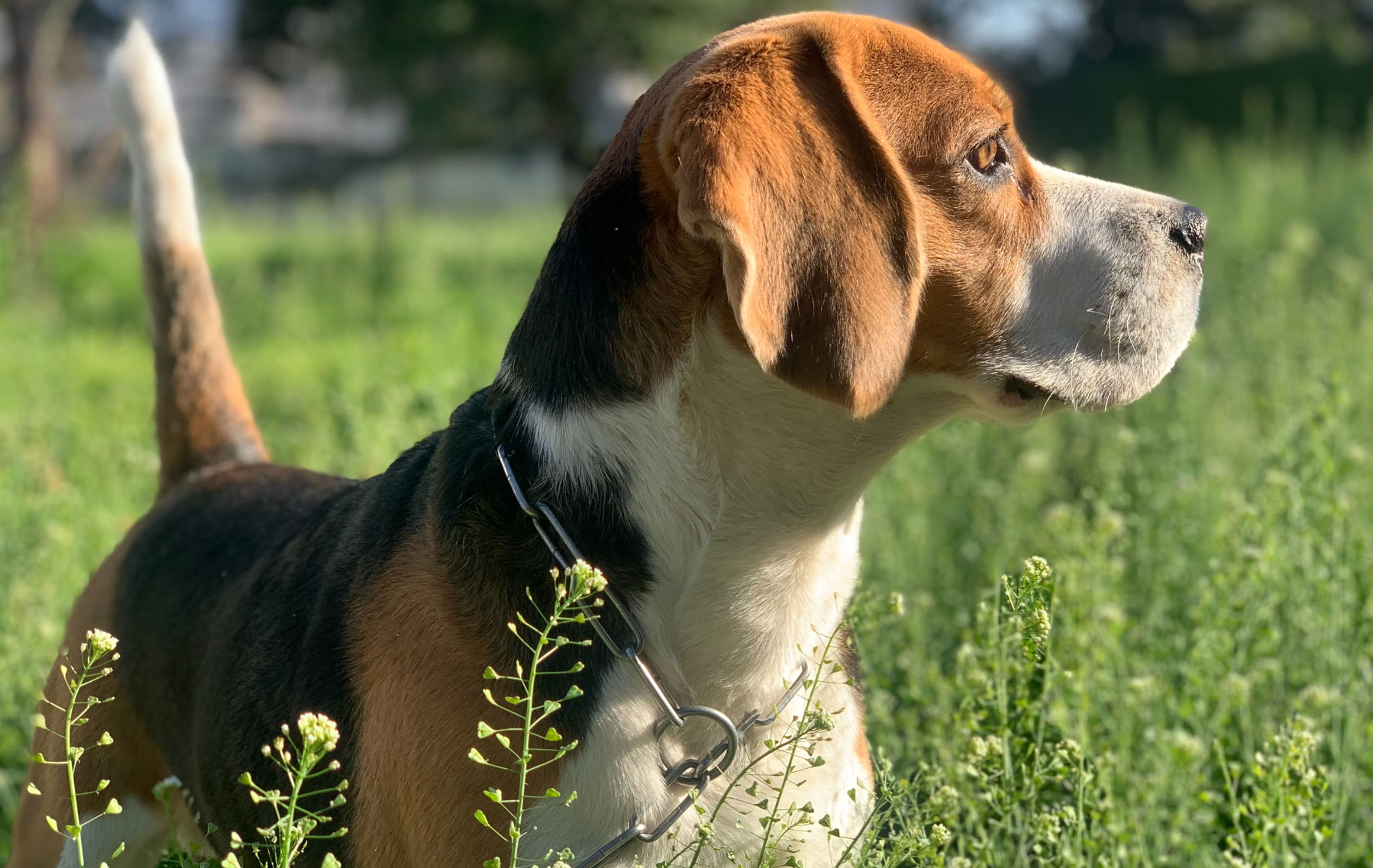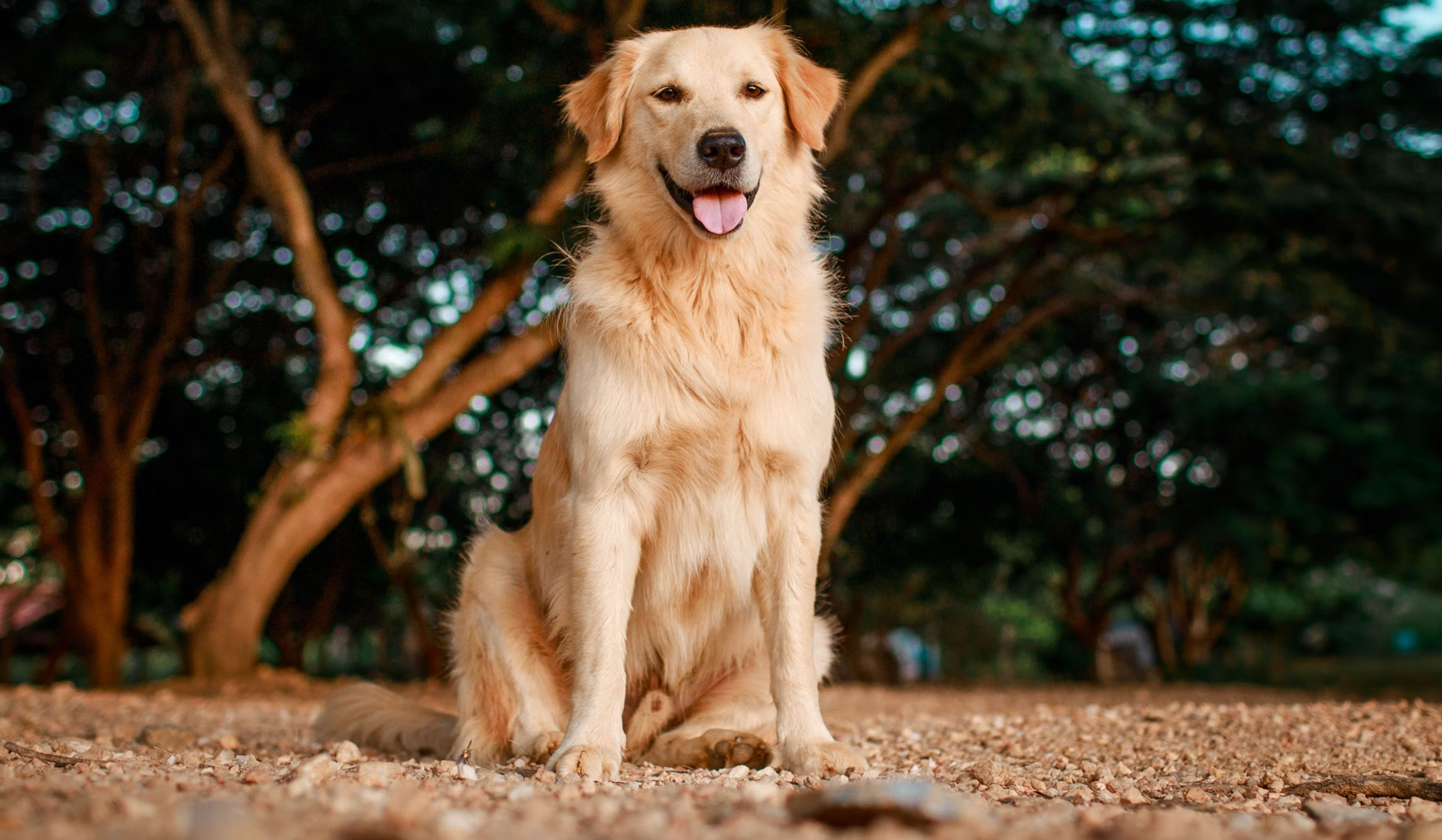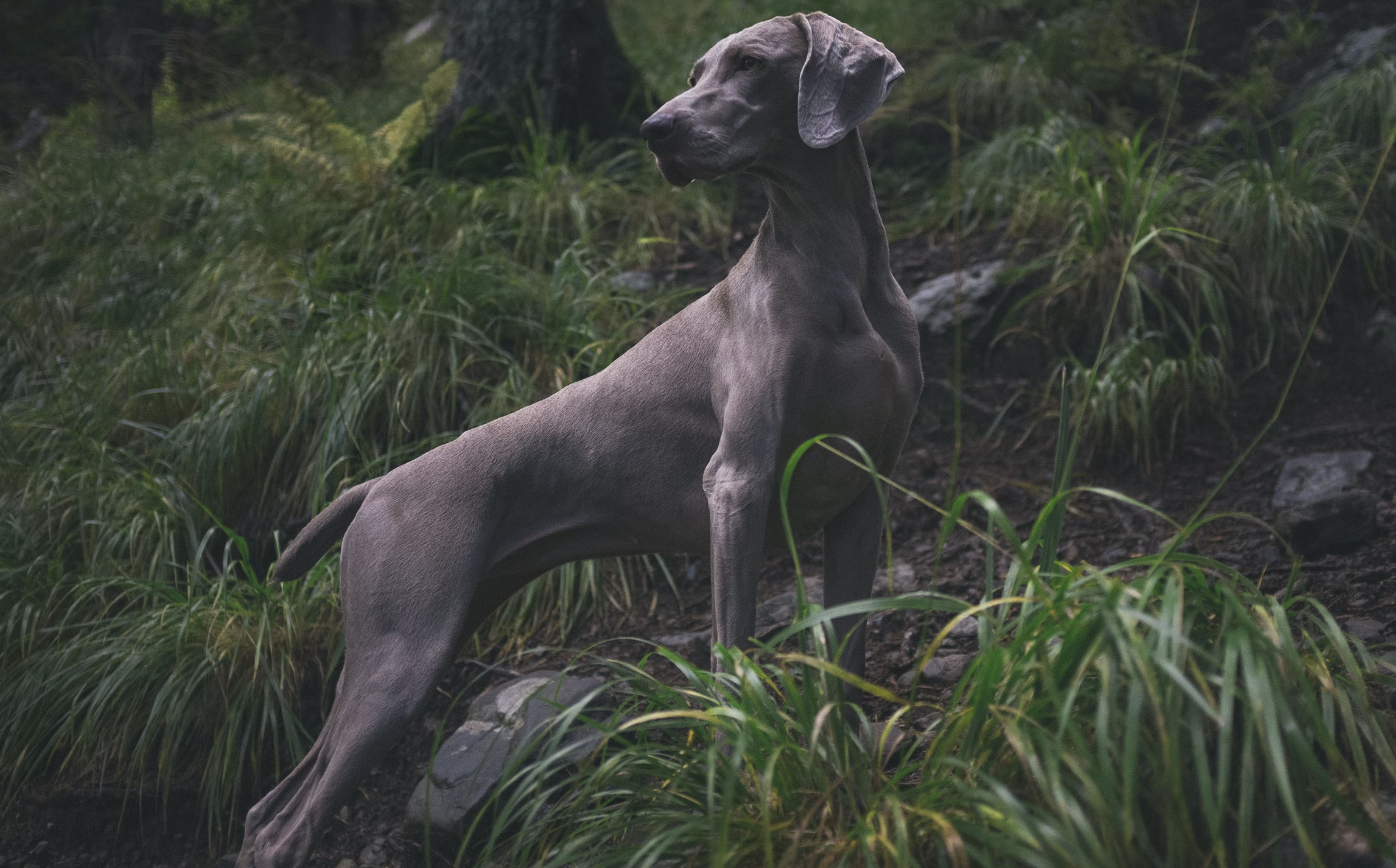Why get a hunting dog?
"Hunting without a dog is rubbish"
→ Every hunter has heard this phrase at least once - at the latest in hunting school, when discussing the topic of hunting dogs. This saying is also frequently recited at game drives during social hunts. And rightly so!
The hunting dog is not only a loyal companion and the most stylish hunting accessory, but it is also the most important and best hunting tool a hunter can have. In all possible hunting situations, the hunting dog helps its handler out of tricky situations!
Most people will initially think of tracking. But even beyond that, our four-legged companions fulfill all sorts of tasks that seem too unpleasant, complex, or nearly impossible for us. Other tasks of the hunting dog include flushing (during driven hunts), retrieving, burrowing, searching, and pointing, among many others. Recently, hunting dogs are even being trained as cadaver detection dogs in the fight against African swine fever, searching for and finding fallen game.
Which breed as a hunting dog?
When choosing the right hunting dog breed, two aspects should primarily serve as a basis for decision-making:
1. Primarily practiced type(s) of hunting:
When getting a hunting dog, one should consider for what hunting purposes its breed was developed. It is important that the dog fits the type of hunting you primarily practice, or that it is capable of handling the tasks you intend to use it for based on its breed type. For example, you cannot use a Weimaraner for burrowing, and Labrador Retrievers are generally not the first choice if you need a dog for tracking work.
Therefore, you must ask yourself in advance what kind of dog work you primarily need and what you intend to use your dog for. The latter is often also dependent on the conditions of the hunting area.
2. Personal preference / fitting to living circumstances
Once you have thought enough about the first point and know which type of hunting dog it should be, it is especially important for the exact selection of the breed that you find it appealing yourself. This relates not only to appearance but also to breed-typical behavior. For example, in the category of hounds / bracke, there are breeds that are considered very wild and energetic, but also those that are regarded as calm and suitable as family companion dogs.
Of course, it is also important that the dog fits the living circumstances. A large dog generally requires more space and exercise than a small one, etc. However, the same rules apply here that should be considered when acquiring any pet!
Ten popular hunting dog breeds
You want to acquire a four-legged hunting companion but have not yet decided on a breed and would like to first get a general overview?
Below we present ten popular hunting dog breeds in Germany:
Beagle
The Beagle is a breed originally from Great Britain, characterized by its breeding history in terms of temperament and character. It orients itself to the dynamics of its pack and likes to adapt to its peculiarities. This pronounced social component makes the Beagle a popular hunting and family companion dog. The Beagle is a child-friendly dog breed, cheerful, and always ready to play. It maintains a harmonious and gentle interaction with its environment. Nevertheless, it is very alert and persistently reports unusual occurrences to its pack.

Golden Retriever / Labrador Retriever

Small / Large Münsterländer:
Although they originate from two different bloodlines, there are certain similarities between the two breeds, named after their main breeding region. Both belong to the pointing dogs and were primarily bred for hunting small game. However, both can also be trained to be good flushers - especially for driven hunts. Their appearance is also quite similar. Both breeds have medium to long fur. However, the large Münsterländer is physically superior to its smaller counterpart, as the name suggests.
The Small Münsterländer was bred in terms of body structure and temperament to integrate a bit better into everyday family life and is somewhat more of a family companion dog than its larger counterpart, which is considered to be more wild.
German Hunting Terrier:
The German Hunting Terrier is classified as a flushing and earth dog and is primarily used in the hunting of foxes and wild boars. It originated in the 1920s from crosses of various terrier breeds with the aim of breeding a robust, courageous, and vocal hunting dog. It is versatile and is characterized by its good nose; it also shows fearless behavior and very good wild sharpness. The German Hunting Terrier loves water and is also suitable for use in tracking work. However, due to its impetuous nature, it is only suitable for experienced dog owners who know how to keep and train it appropriately. This is mainly because terriers have a mind of their own and often try to stubbornly enforce it.
German Bracke:
Under the name German Bracke, various German bracke breeds were summarized around 1900. Originally, brackes were referred to as purely hunting dogs that were primarily used in fox and hare hunting for a long time. Since this type of hunting has lost significance due to legal regulations, the German Bracke today primarily serves as a tracking dog and as a flushing dog in the hunting of hoofed game. It is characterized by its high endurance, willpower, and running strength. Brackes are generally easy to train but require a high level of breed-appropriate activity and exercise, making them suitable only for committed hunters who can give these dogs a task.
German Wirehaired Pointer
The German Wirehaired Pointer is a classic pointing dog. It originated in the late 19th century from crosses of several hunting dog breeds, whose good hunting characteristics its first breeder, Sigismund Baron von Zedlitz und Neukirch, wanted to combine in a single breed. The German Wirehaired Pointer is versatile and suitable for pointing work in woods, fields, and water, and can also be used for retrieving. It is powerful and balanced but requires a high level of physical and mental work.
German Shorthaired Pointer
Similar to the German Wirehaired Pointer, the German Shorthaired Pointer is also a pointing dog. In the 19th century, the "old" rather clumsy type of this breed was transformed into the dog as we know it today through the crossbreeding of English pointers and other pointing dogs. The first breed standards were established in 1879. Although it is classified as a pointing dog by the FCI, it can be used in all hunting areas and terrains. Like its wirehaired counterpart, it is considered a reliable all-rounder, as it is only definitely unsuitable for burrowing.
Bavarian Mountain Tracking Dog
The Bavarian Mountain Tracking Dog is an easy-to-handle and fearless dog with a distinctly strong hunting drive. For this reason, puppies from the "Club for Bavarian Mountain Tracking Dogs" are only given to hunters who work as tracking dog handlers. This approach is advisable for the Bavarian Mountain Tracking Dog, as it is quite considerate and calm within the family, but only if it has previously been allowed to work in hunting. For this reason, it is mainly found in rural areas and is in no way suitable as a city or apartment dog. In the mountains, it is characterized as a skilled climber and shows itself to be a reliable searcher in tracking work.
Weimaraner
The Weimaraner is an exceptionally noble, intelligent, and confident hunting dog with pronounced game sharpness. This means that it tracks and kills game on command. The dogs are suspicious of strangers and need some time to warm up to new people. The protective instinct is very strong, and the self-assured dog does not hesitate for a second to defend its family or territory. Nevertheless, it does not have excessive temperament.

Slovensky Kopov / Kopov-Bracke
The Kopov-Bracke is a so-called wild boar bracke. It originates from the mountainous regions of Slovakia and was used here for hunting and as a watchdog for farm and home. Its great skill in hunting wild boar and predators made the dogs popular helpers. It is considered to be a wide-ranging and very solid flushing dog with pronounced wild boar sharpness.
Dachshund
Last but not least, the probably most popular dog among Germans: the Dachshund! Historically, the hunting dachshund was bred as a pure hunting dog. However, it is now also one of the most popular family companion dogs in the country. For hunters, the dachshund, which descends from the bracke, is in many ways the perfect hunting companion. The Celts already used the so-called Celtic bracke, and archaeologists have been able to prove short legs in this dog based on findings. The small stature often leads to the assumption that the dachshund could not be a hunting dog, but this is precisely where its pronounced hunting utility dog characteristics lie.





























